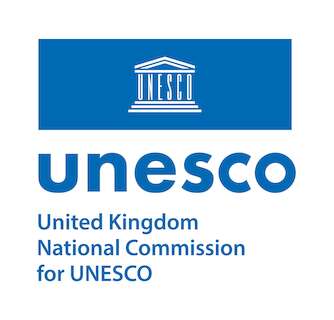Royal Mail set of Special Stamps
To mark the 350th anniversary, Royal Mail has issued a special set of stamps to celebrate the history and scientific developments achieved at the Royal Observatory since its foundation in 1675.
Featured on the main set of six stamps are: the Airy Transit Circle Telescope; Flamsteed House; the Great Equatorial Telescope, the largest refracting telescope in the UK; the Annie Maunder Astrographic Telescope; the Prime Meridian; and the Shepherd Gate Clock.
A further four stamps, presented in a miniature sheet, honour prize-winning clockmaker John Harrison and his marine timekeepers, ahead of the 250th anniversary of his death in 2026. The stamps showcase each of Harrison’s prototypes for measuring longitude at sea, which became known as H1, H2, H3 and H4.
The stamp images narrate the story of the Royal Observatory and its pivotal role in the history of astronomy, timekeeping, and navigation. The set features specially commissioned artwork that blends illustrative and photographic styles, highlighting key areas such as notable buildings and significant objects from the collection.
See and buy the Royal Observatory set of Special Stamps
History of the Royal Observatory
The Royal Observatory, Greenwich, was founded by King Charles II in 1675 and was Britain’s first state-funded scientific building.
The Observatory was founded to provide better star charts that would enhance navigation for global trade. Flamsteed House, the Observatory’s original building designed by Christopher Wren, became home to ten successive Astronomers Royal who observed the stars and developed new instruments such as the Airy Transit Circle and Great Equatorial Telescope.
Greenwich Mean Time (GMT) was made publicly visible via the Shepherd Gate Clock and its distribution via telegraph signals became an essential part of daily life. Out at sea, Royal Navy surveyors plotted their longitude from Greenwich using chronometers based on John Harrison's revolutionary marine timekeepers. The widespread use by ships worldwide of charts based on the Greenwich Meridian contributed to the international recognition of Greenwich as Prime Meridian of the world in 1884.
The Royal Observatory is a key element of the Maritime Greenwich UNESCO World Heritage Site.








